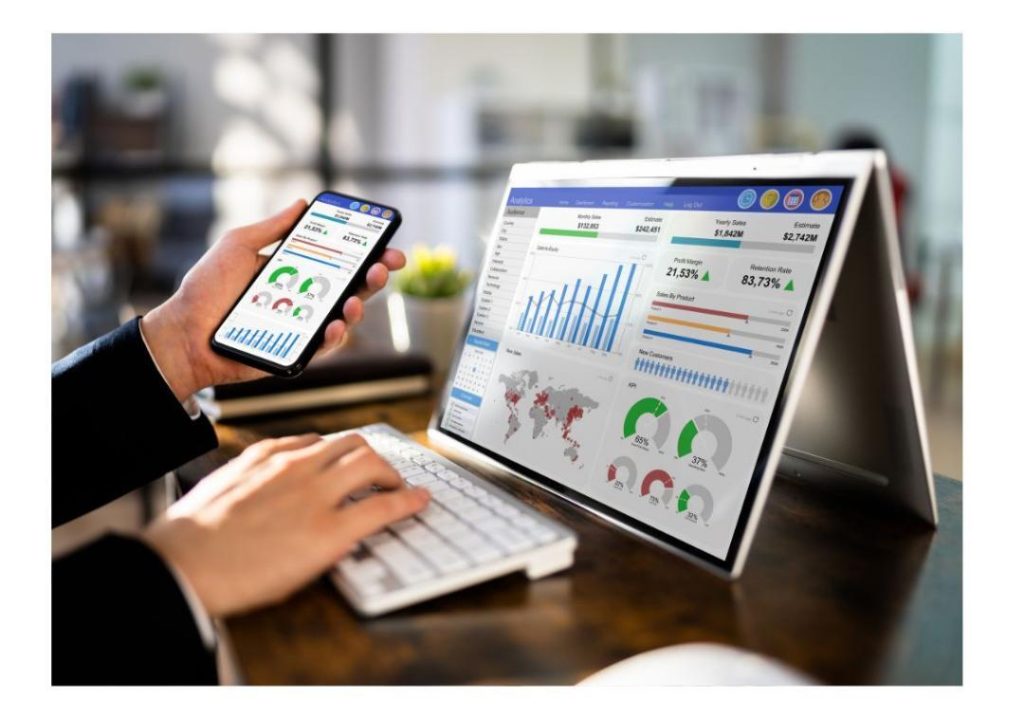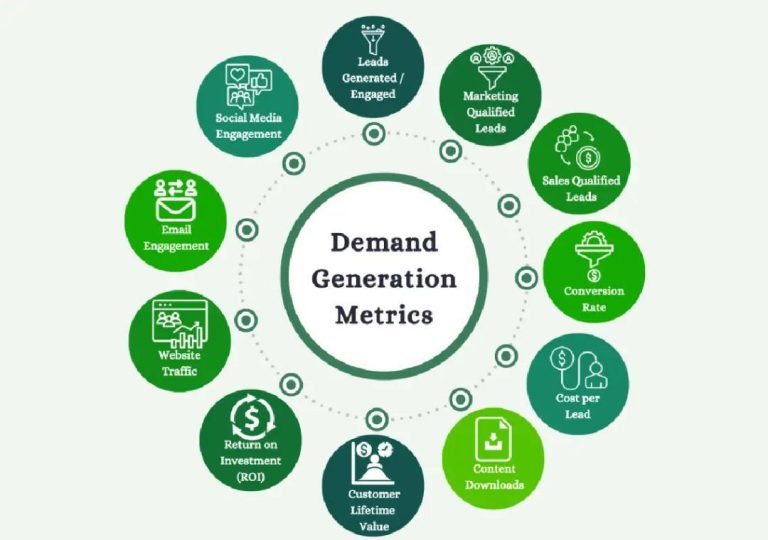
Do You Know What Kind of Analytics Your Business Needs?
As a business owner, you’re likely no stranger to the concept of analytics. You know that collecting and analyzing data can give you valuable insights into your customers, market trends, and overall performance. However, when it comes to deciding which type of analytics to focus on, things can get a bit murky.
In this blog post, we’ll explore the different types of analytics and why each one is essential for businesses looking to gain a competitive edge. From descriptive analytics to prescriptive analytics, we’ll break down what each type does and how it can help you make better decisions.
Descriptive Analytics: What Happened?
Descriptive analytics is the most basic type of analytics, and it’s used to summarize and describe historical data. This type of analytics provides a snapshot of what happened in the past, giving you a better understanding of your business’s performance. For example, descriptive analytics can help you identify:
- Sales trends: What products are selling well? What times of the year are they selling?
- Customer demographics: What is the age range, gender, and location of your customers?
- Marketing effectiveness: Which marketing channels are driving the most conversions?
Descriptive analytics is essential for businesses looking to understand their current state and identify areas for improvement. By analyzing historical data, you can identify patterns and trends that can help you make data-driven decisions.
Diagnostic Analytics: Why Did It Happen?
Diagnostic analytics takes it a step further by asking why something happened. This type of analytics helps you identify the root causes of a problem or opportunity. For example, diagnostic analytics can help you answer questions like:
- Why are sales of product X declining?
- Why are customers abandoning their shopping carts at a certain stage?
- Why are we experiencing a high rate of customer churn?
Diagnostic analytics is essential for businesses looking to identify the underlying causes of a problem and develop targeted solutions. By understanding why something happened, you can develop a plan to prevent it from happening again in the future.
Predictive Analytics: What Will Happen?
Predictive analytics looks ahead and tries to forecast what will happen in the future. This type of analytics uses complex algorithms and machine learning techniques to identify patterns and trends in your data, allowing you to make predictions about future outcomes. For example, predictive analytics can help you:
- Forecast sales: What will our sales be next quarter?
- Identify opportunities: Which new markets or products will be most profitable?
- Anticipate customer behavior: Which customers are most likely to churn and why?
Predictive analytics is essential for businesses looking to stay ahead of the competition. By predicting what will happen, you can develop strategies to capitalize on opportunities and mitigate risks.
Prescriptive Analytics: What Should We Do?
Prescriptive analytics takes it a step further by telling you what you should do next. This type of analytics uses complex algorithms and machine learning techniques to provide recommendations on how to achieve a specific goal or outcome. For example, prescriptive analytics can help you:
- Optimize pricing: What is the optimal price for our product or service?
- Streamline operations: How can we reduce waste and increase efficiency in our supply chain?
- Improve customer experience: What are the most effective ways to engage with our customers?
Prescriptive analytics is essential for businesses looking to make data-driven decisions. By providing recommendations on what to do next, you can develop a plan to achieve your goals and stay ahead of the competition.
Choosing the Right Analytics for Your Business
So, how do you choose the right analytics for your business? Here are a few tips to keep in mind:
- Start with descriptive analytics: Descriptive analytics provides a solid foundation for your analytics strategy. By understanding what happened in the past, you can identify areas for improvement and develop a plan to move forward.
- Build from there: As you gain more data and insights, you can start to move into diagnostic and predictive analytics. Diagnostic analytics can help you identify the root causes of a problem, while predictive analytics can help you forecast what will happen in the future.
- Focus on prescriptive analytics: Prescriptive analytics is the holy grail of analytics. By providing recommendations on what to do next, you can develop a plan to achieve your goals and stay ahead of the competition.
Conclusion
Analytics is a crucial component of any business, and choosing the right type of analytics is essential for making data-driven decisions. From descriptive analytics to prescriptive analytics, each type provides a unique perspective on your business and can help you gain a competitive edge.
By understanding what happened in the past, why it happened, what will happen, and what you should do next, you can develop a comprehensive analytics strategy that drives better decisions and helps you achieve your goals. So, what kind of analytics does your business need? Take the first step today and start building a stronger, more data-driven business.
Source: https://www.growthjockey.com/blogs/data-analytics-fundamentals






